uhunmwun-elao Wood height 16 1/2in (42cm) PROVENANCE French Private Collection Daffos-Estournel Gallery, Paris Private Collection, New York, NY, acquired from the above ca. 1985 Carved of dark-brown hardwood, rising from a cylindrical neck, the lowest portion being a rounded base, then diagonal sections surround; the neck encircled by four rows of coral beaded necklaces (odigba), the face carved fully in relief with straight line lips, flaring flattened nose and oval eyes inset with nutshells for the pupils, along the forehead are six frontal scars treated with rectangular cavities inset with nutshells, diminutive ears on each side of head, each C-shaped with inset Y forms, a head band consisting of three rows of coral beads and an upper row of large beads, wearing an elaborate headdress with crisscross pattern, the back of the head in a squared pattern, on the left side of the head, a single feather (a mark of status) extends upward from a beaded rosette, the left side of the head having a long, single braid behind the ear hanging down to the beaded collar, becoming a loop reaching down to the base, an open crevice along the back; very old worn surface, exhibiting much age. "Wooden shrine heads were allowed to sit on the altars of chiefs and important individuals as opposed to the copper alloy heads that were exclusively used by the royalty of Benin. Osemwede (reign: 1816-1848) was the first Oba who decreed that human heads could be carved for the altars of chiefs of the royal lineage, instead of just wooden antelope, and perhaps, goat heads. Thus, chiefs of the blood in Benin City (but not throughout the Benin Kingdom, where antelope heads continued to be commissioned and used well into the twentieth century) enjoyed the greater dignity conferred upon them by having the right to put human rather than animal heads on their ancestral altars. Thus the (wooden) human heads are according to tradition later than ca. 1816, but the actual age will depend on the condition, insect damage, etc." (Fagg, William, Christie's, London, 1988, Lot 206) "These wooden heads were placed on juju altars that consisted of a row of low terrace-shaped clay benches" (Marquart, Joseph, 1913, The Benin collection of the Imperial Museum of Ethnology, Leiden)
uhunmwun-elao Wood height 16 1/2in (42cm) PROVENANCE French Private Collection Daffos-Estournel Gallery, Paris Private Collection, New York, NY, acquired from the above ca. 1985 Carved of dark-brown hardwood, rising from a cylindrical neck, the lowest portion being a rounded base, then diagonal sections surround; the neck encircled by four rows of coral beaded necklaces (odigba), the face carved fully in relief with straight line lips, flaring flattened nose and oval eyes inset with nutshells for the pupils, along the forehead are six frontal scars treated with rectangular cavities inset with nutshells, diminutive ears on each side of head, each C-shaped with inset Y forms, a head band consisting of three rows of coral beads and an upper row of large beads, wearing an elaborate headdress with crisscross pattern, the back of the head in a squared pattern, on the left side of the head, a single feather (a mark of status) extends upward from a beaded rosette, the left side of the head having a long, single braid behind the ear hanging down to the beaded collar, becoming a loop reaching down to the base, an open crevice along the back; very old worn surface, exhibiting much age. "Wooden shrine heads were allowed to sit on the altars of chiefs and important individuals as opposed to the copper alloy heads that were exclusively used by the royalty of Benin. Osemwede (reign: 1816-1848) was the first Oba who decreed that human heads could be carved for the altars of chiefs of the royal lineage, instead of just wooden antelope, and perhaps, goat heads. Thus, chiefs of the blood in Benin City (but not throughout the Benin Kingdom, where antelope heads continued to be commissioned and used well into the twentieth century) enjoyed the greater dignity conferred upon them by having the right to put human rather than animal heads on their ancestral altars. Thus the (wooden) human heads are according to tradition later than ca. 1816, but the actual age will depend on the condition, insect damage, etc." (Fagg, William, Christie's, London, 1988, Lot 206) "These wooden heads were placed on juju altars that consisted of a row of low terrace-shaped clay benches" (Marquart, Joseph, 1913, The Benin collection of the Imperial Museum of Ethnology, Leiden)
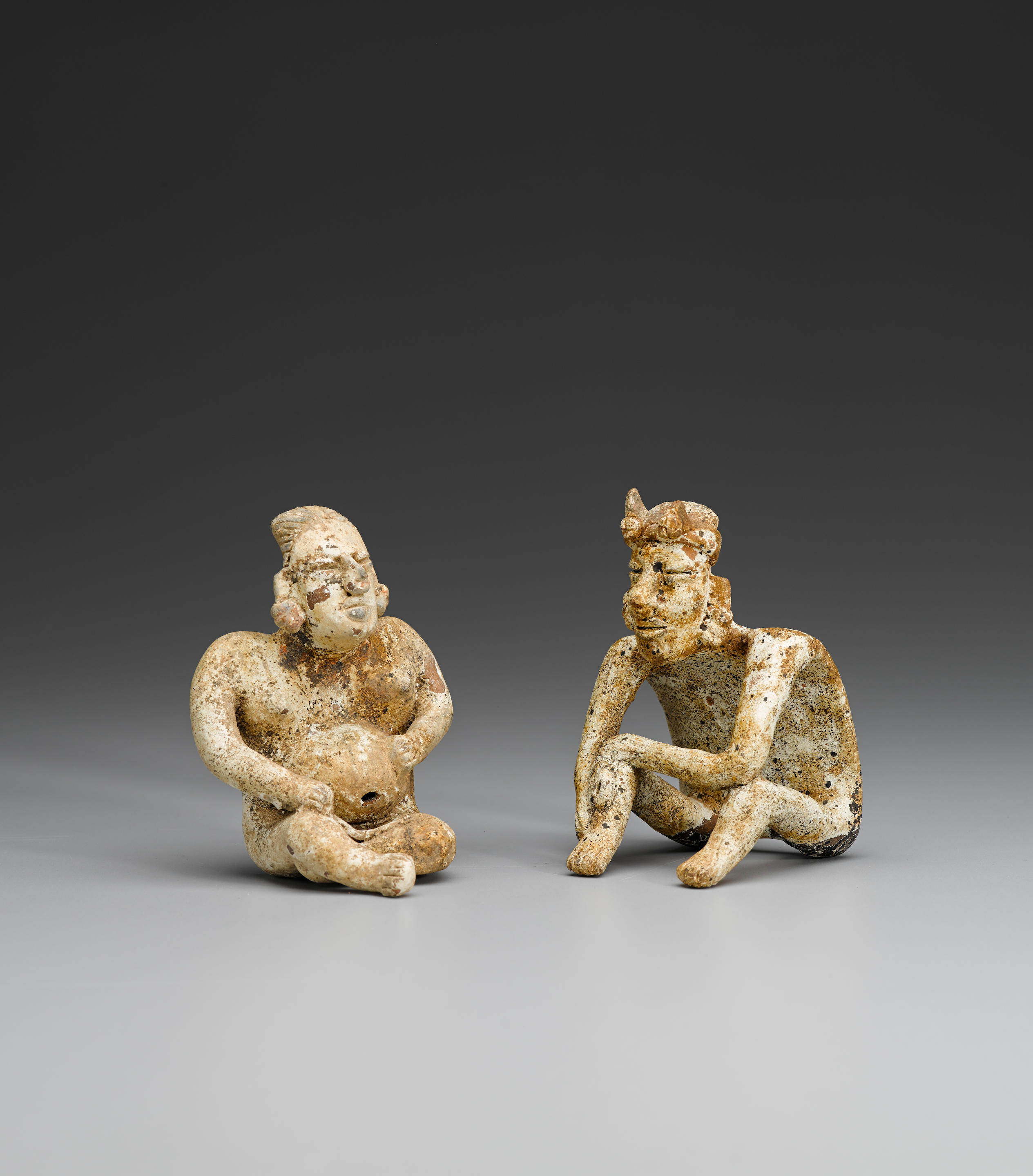
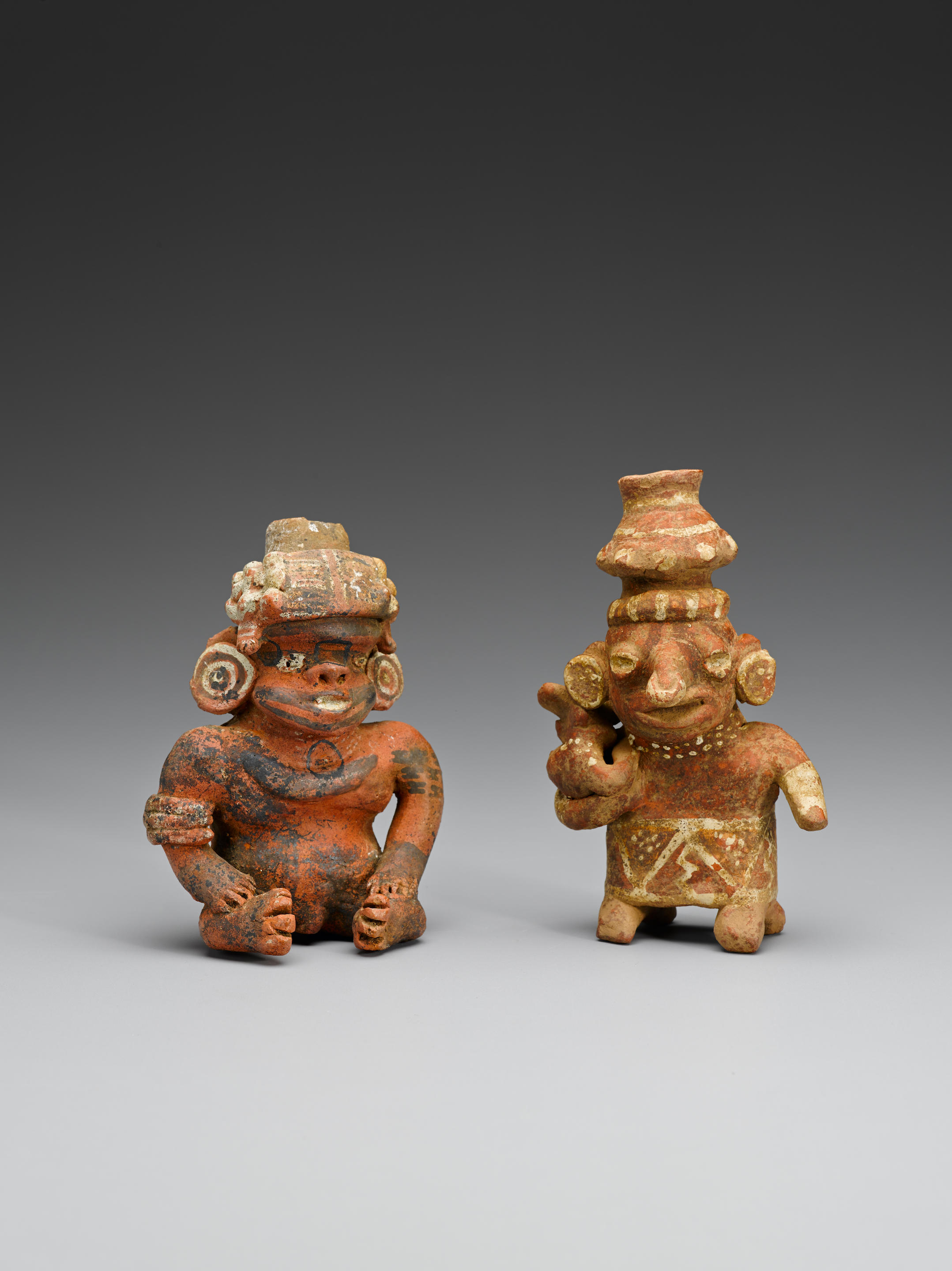
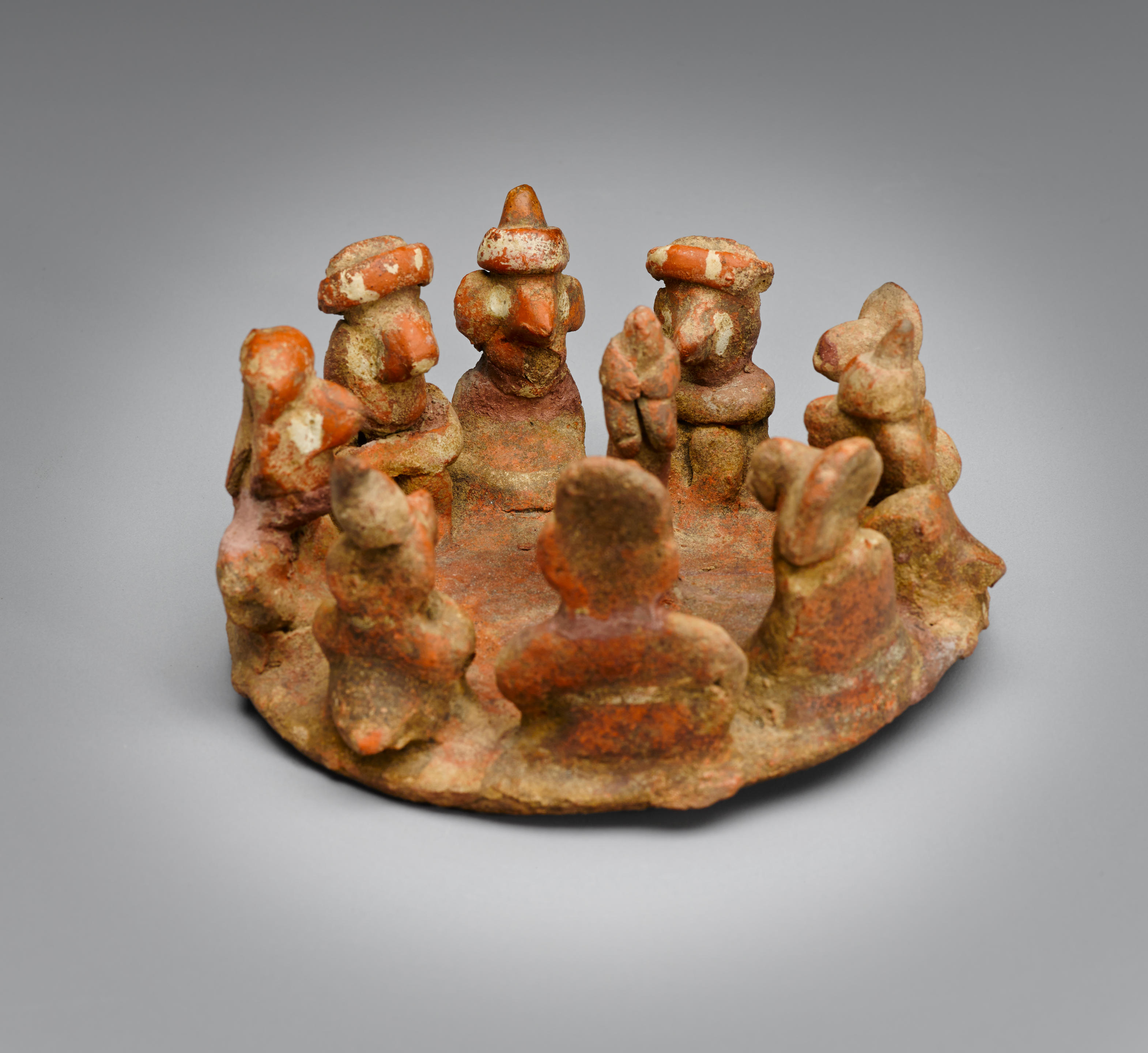
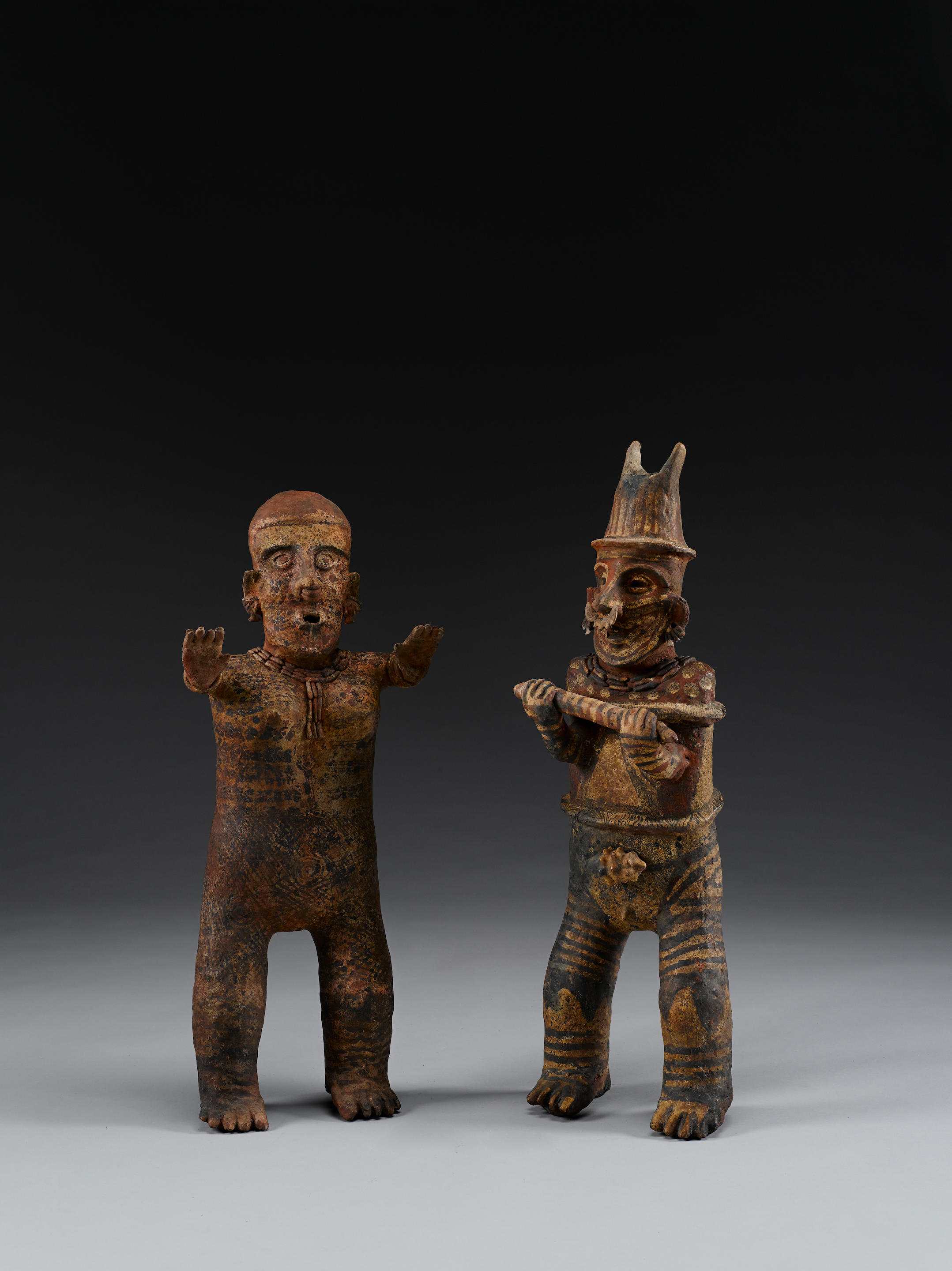
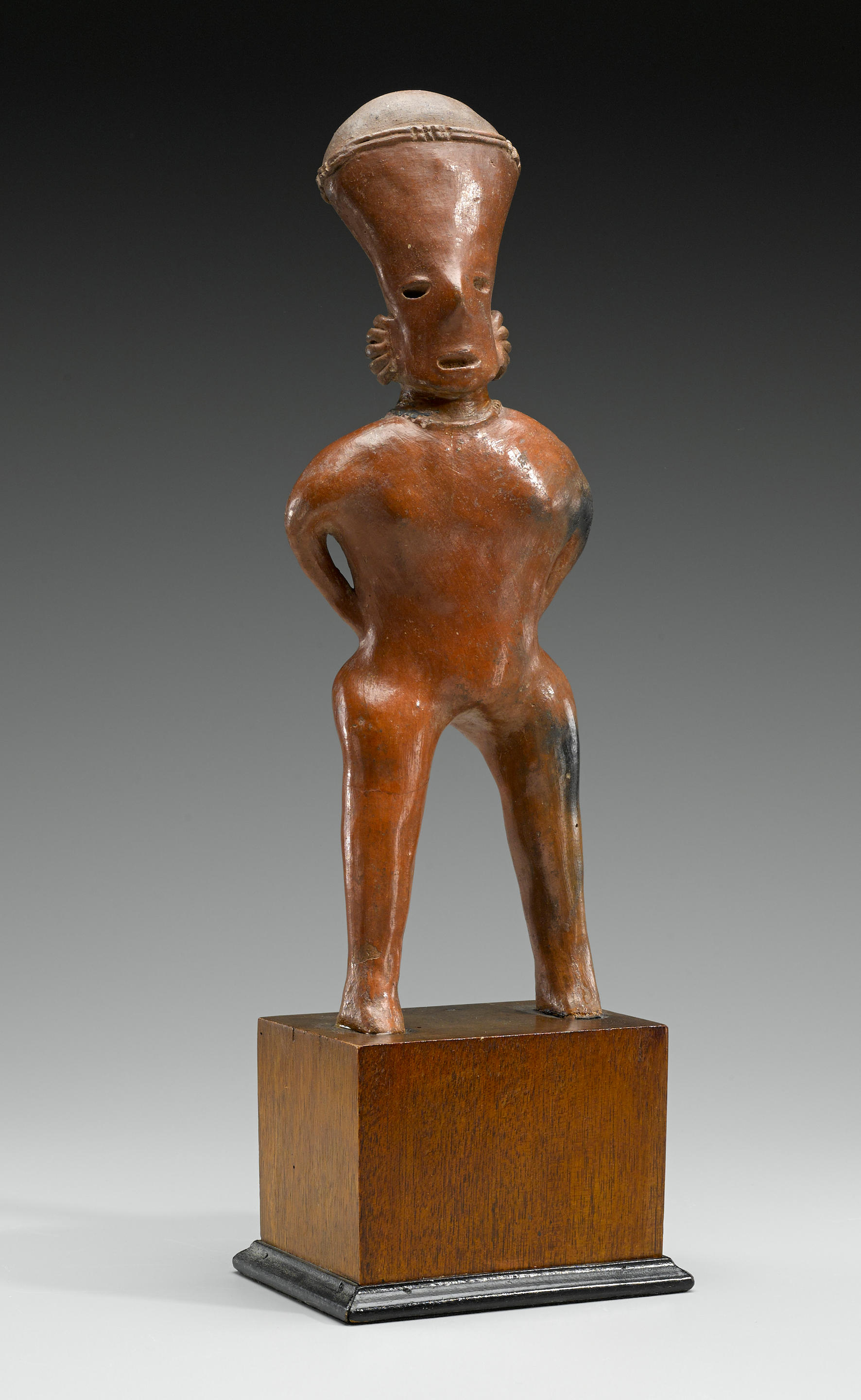
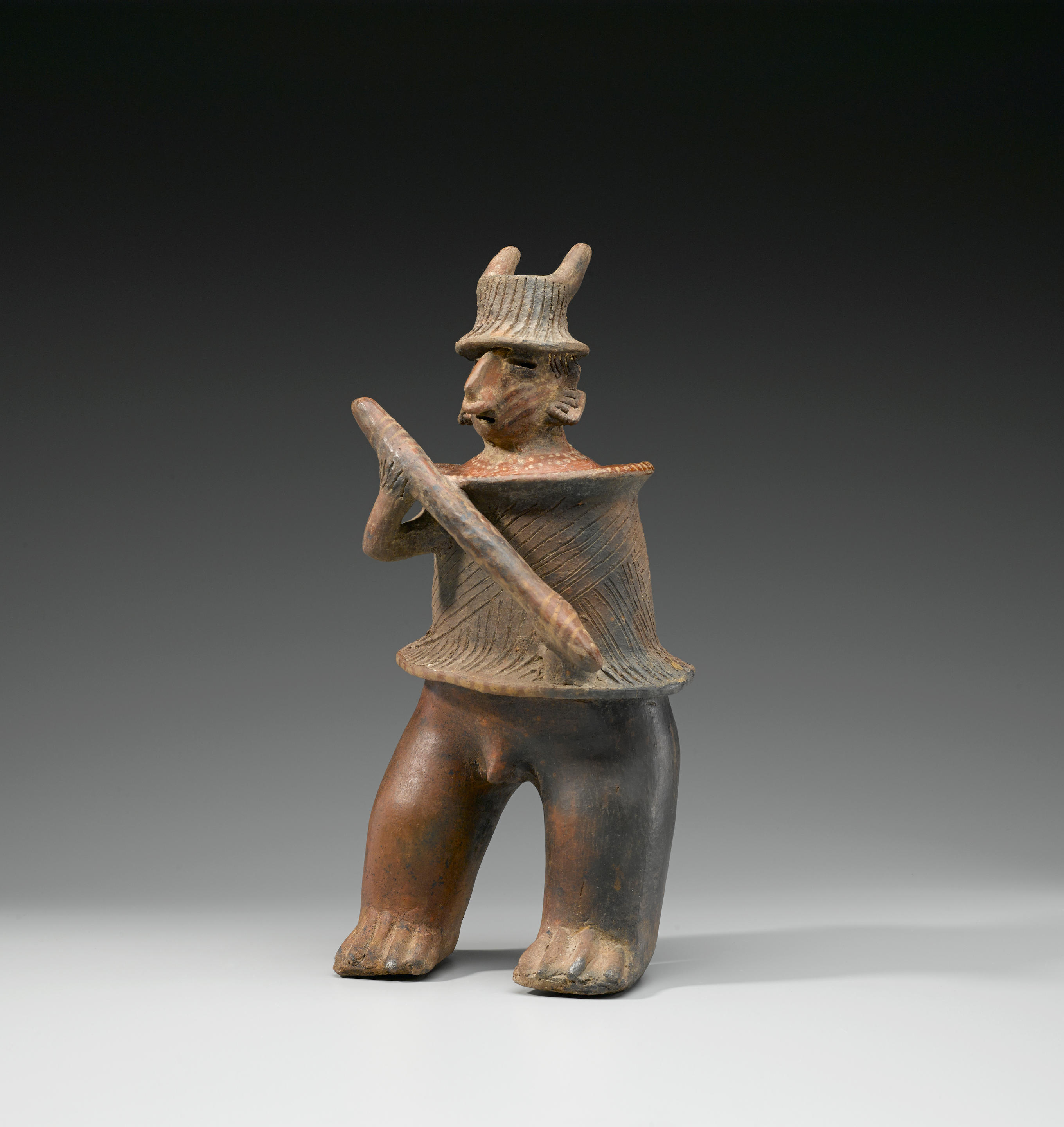

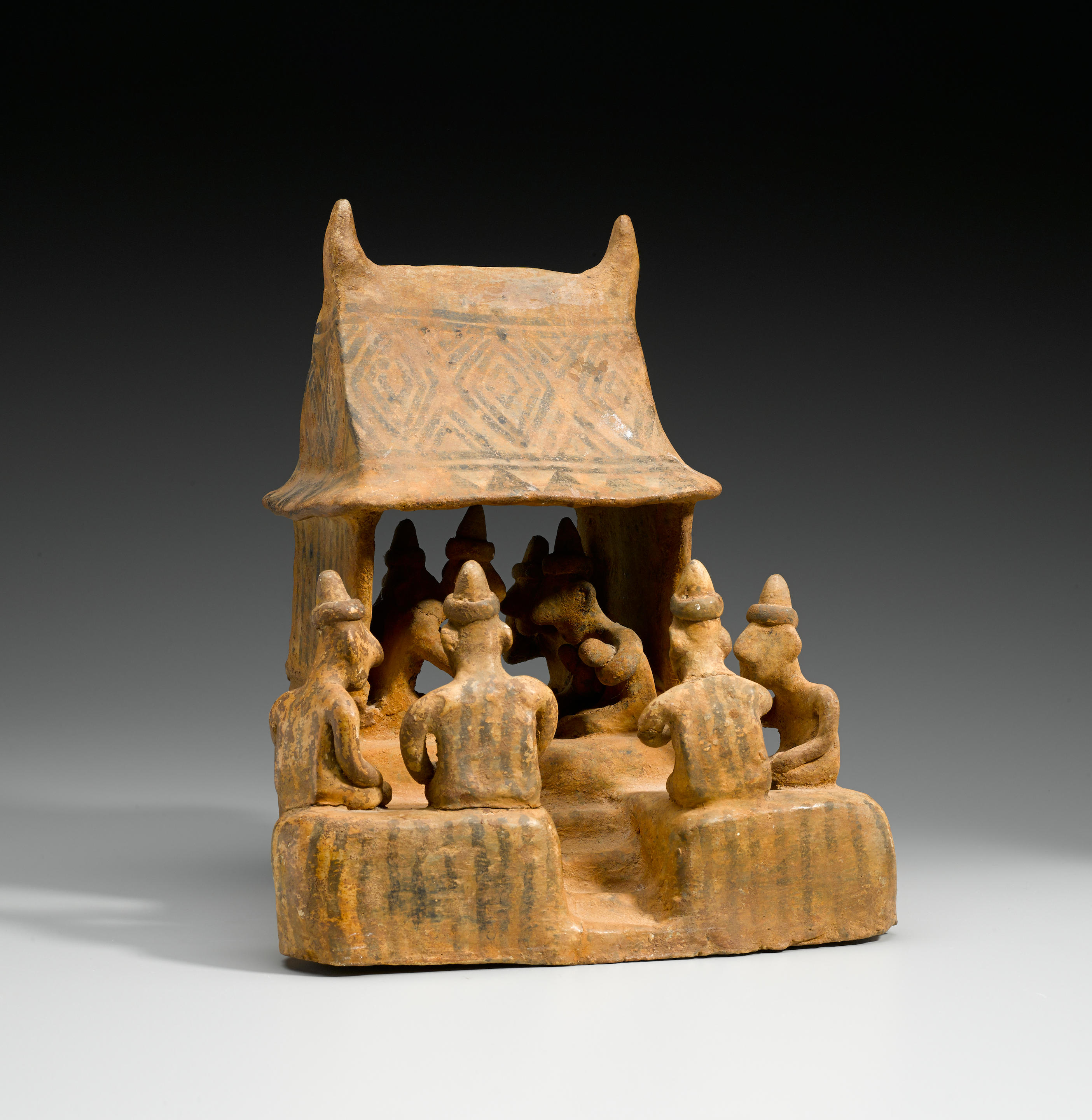
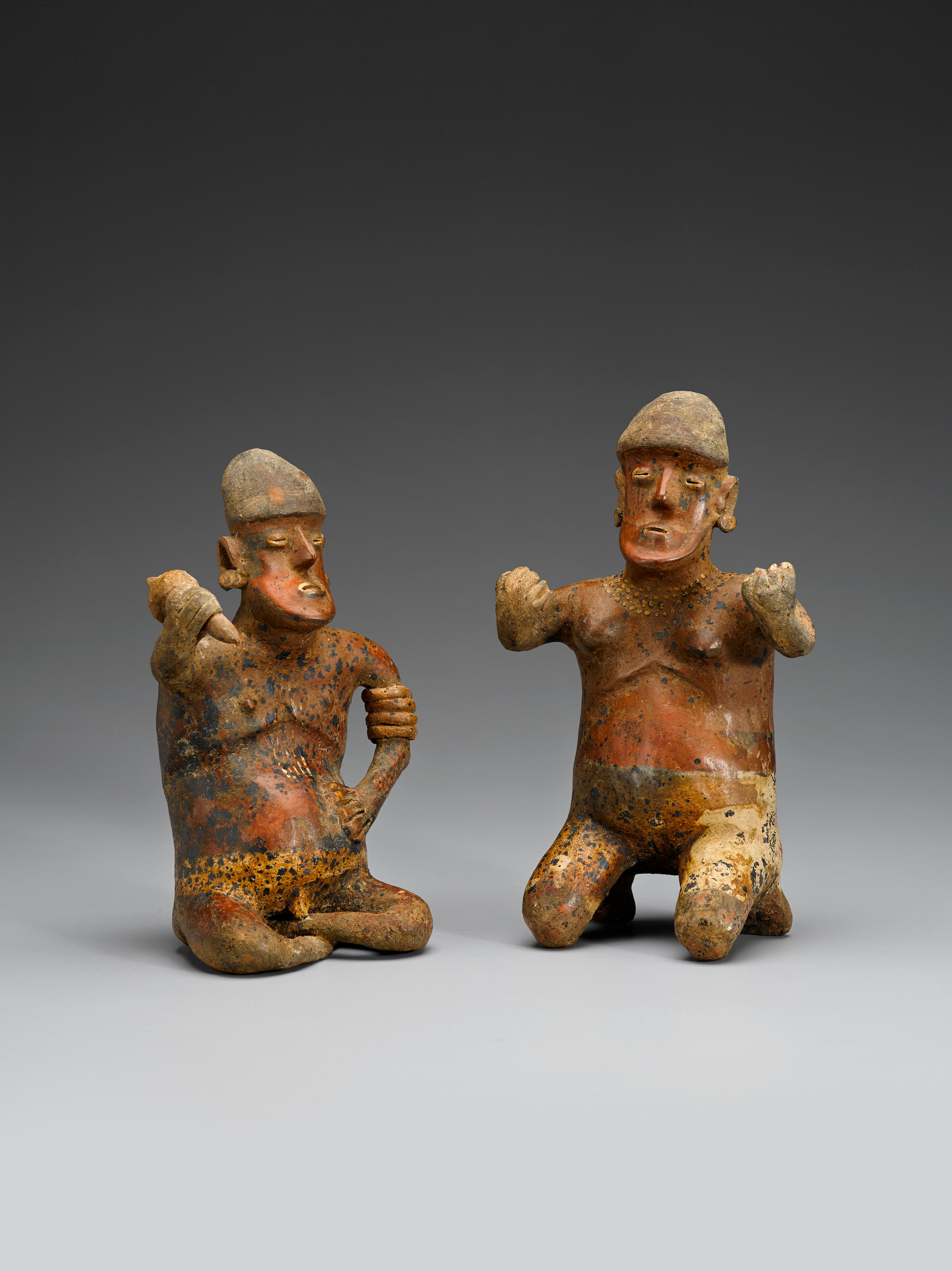
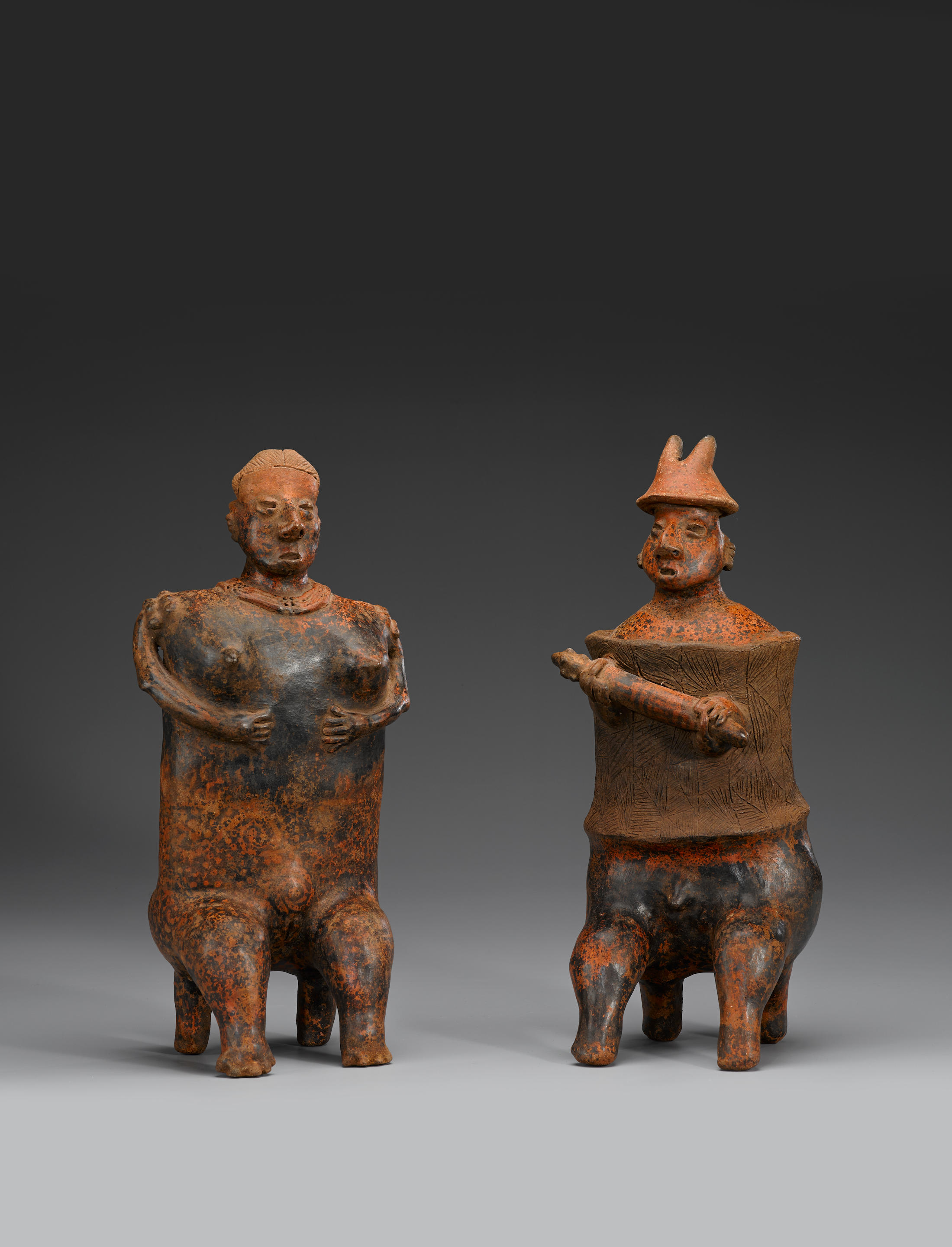



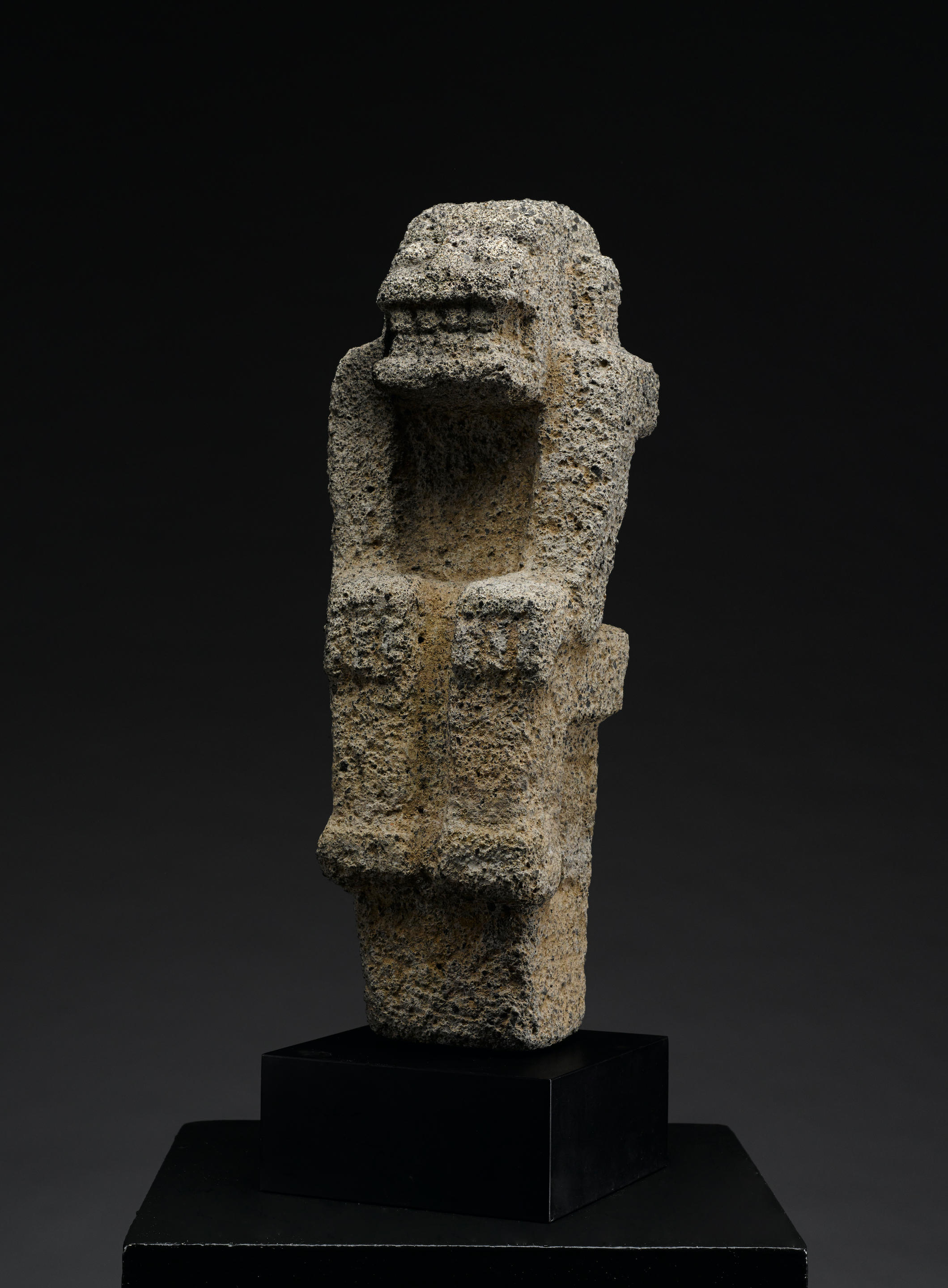
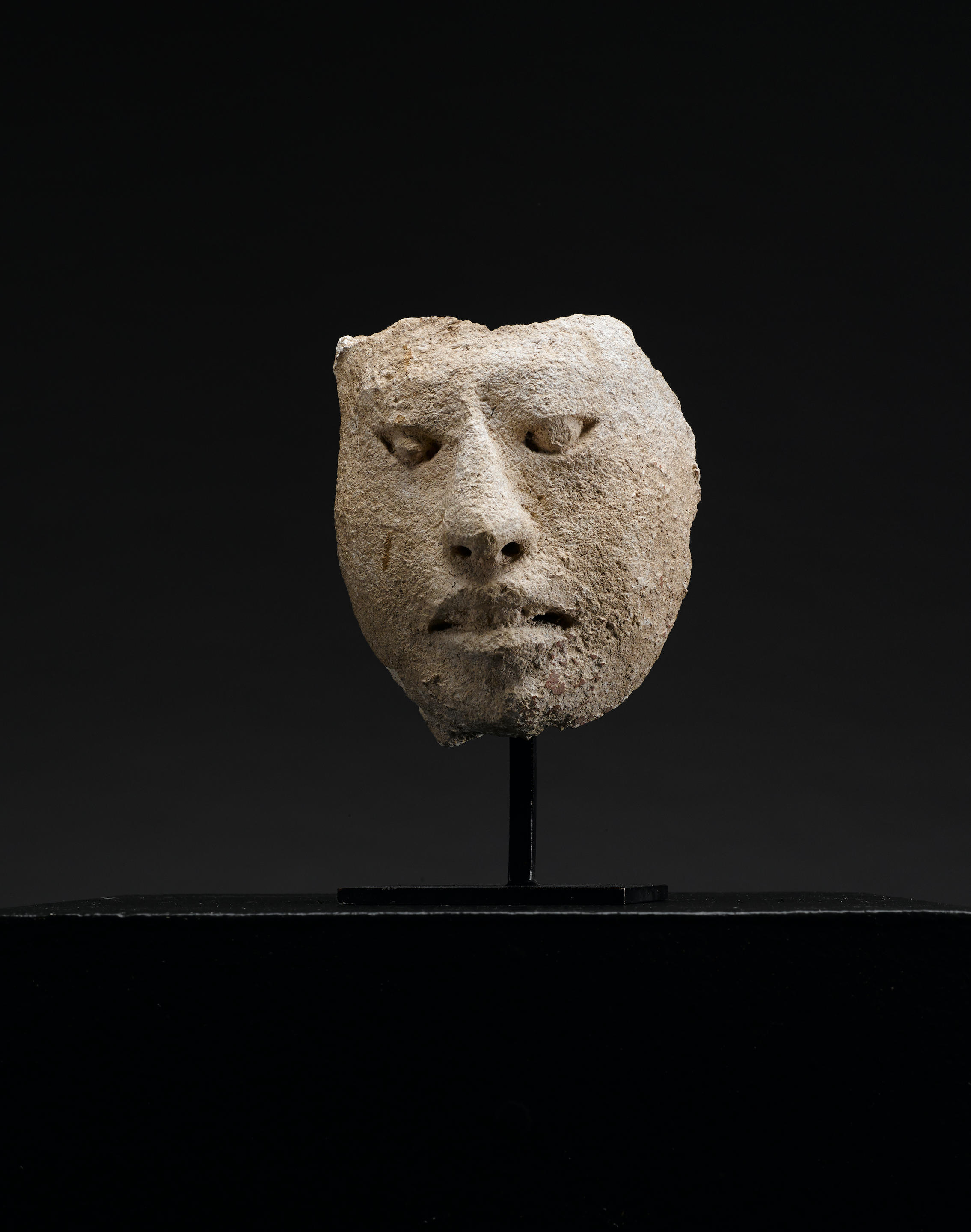
Testen Sie LotSearch und seine Premium-Features 7 Tage - ohne Kosten!
Lassen Sie sich automatisch über neue Objekte in kommenden Auktionen benachrichtigen.
Suchauftrag anlegen